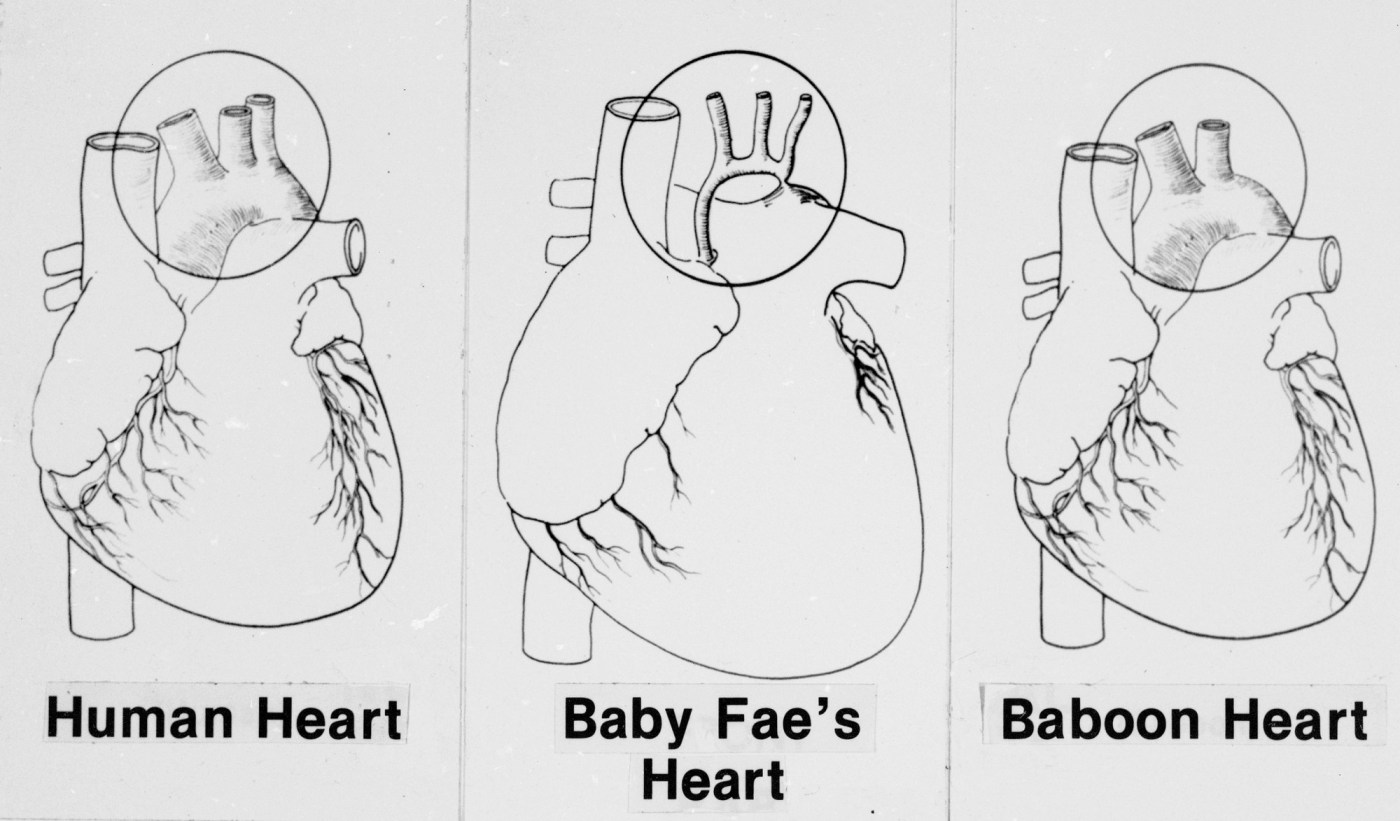Researchers from Osaka Metropolitan University have made significant strides in treating spinal fractures by utilizing stem cells derived from adipose tissue, commonly known as body fat. This innovative approach targets fractures akin to those caused by osteoporosis, a condition that increasingly affects the aging population.
The study, published in Bone & Joint Research, highlights the advantages of using adipose-derived stem cells (ADSCs). These cells are not only easy to harvest, even from elderly patients, but they also impose minimal stress on the body. This method suggests a promising noninvasive option for addressing bone diseases, particularly osteoporosis, which is expected to impact over 15 million individuals in Japan alone in the near future.
Osteoporosis leads to weakened bones that are susceptible to fractures, with spinal compression fractures being the most prevalent. These injuries often necessitate long-term care and can significantly diminish quality of life. The research team, including graduate student Yuta Sawada and lead researcher Dr. Shinji Takahashi, explored the potential of ADSCs to treat these debilitating fractures.
In their experiments, the researchers transformed ADSCs into three-dimensional clusters known as spheroids. This technique reportedly enhances the cells’ tissue repair capabilities. When pre-differentiated towards bone cells and combined with β-tricalcium phosphate, a material commonly used in bone reconstruction, the results were promising. The rats treated with this combination exhibited marked improvements in bone regeneration and strength, along with activation of genes crucial for bone formation.
“This study has revealed the potential of bone differentiation spheroids using ADSCs for the development of new treatments for spinal fractures,” stated Yuta Sawada. He emphasized the minimal burden on patients due to the fat-derived nature of the cells, ensuring greater safety during treatment.
Dr. Takahashi added, “This simple and effective method can treat even difficult fractures and may accelerate healing.” Their findings suggest that this technique could evolve into a transformative treatment option, potentially extending the healthy lifespan of patients suffering from osteoporosis-related fractures.
The research underscores the evolving landscape of regenerative medicine, particularly in the context of aging populations. As the numbers of osteoporosis patients continue to rise, innovative approaches like this one could play a critical role in improving patient outcomes and quality of life.
For further insights, refer to the study by Yuta Sawada et al., titled “Development of a new treatment for osteoporotic vertebral fractures using adipose-derived stem cell spheroids,” published in Bone & Joint Research in 2025.







